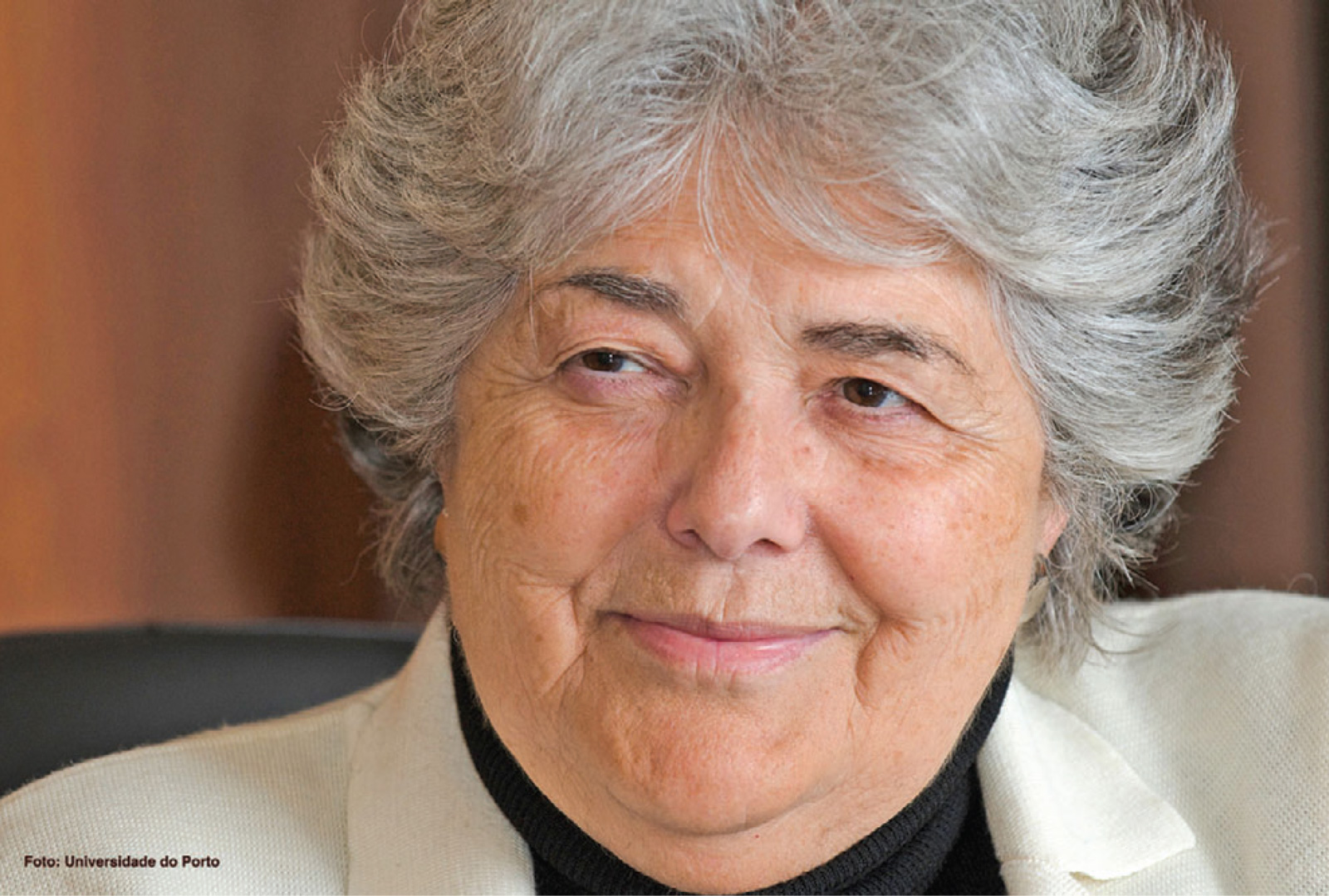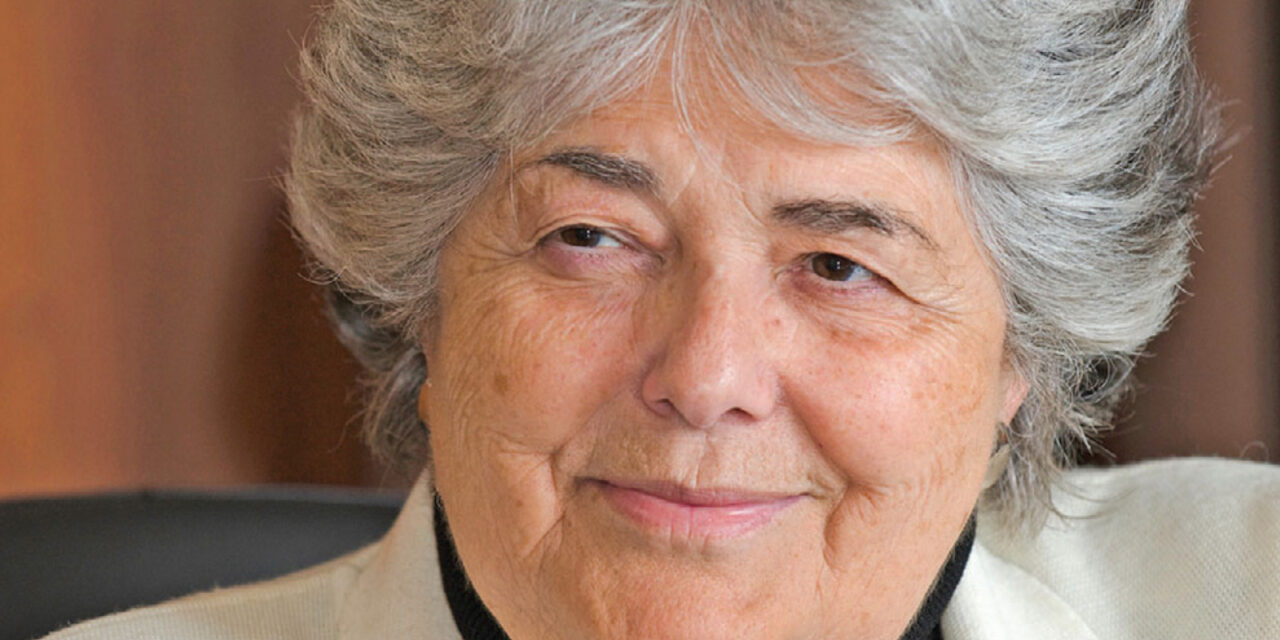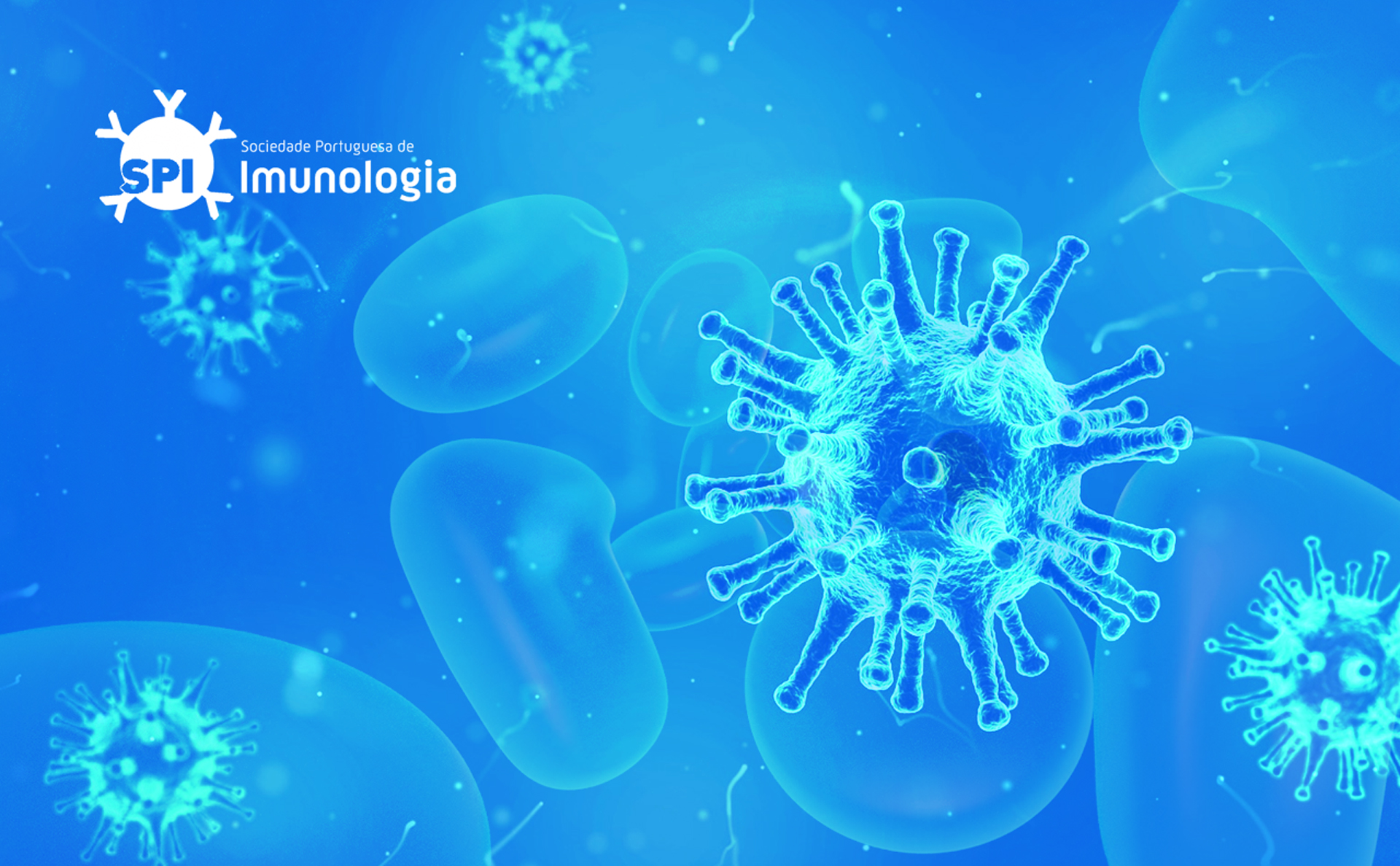

Maria de Sousa, (1939-2020)
In the early 1960s the discovery that neonatally thymectomized mice have impaired immune responses [1,2] heralded a scientific revolution in immunology. A few years later, in 1966, immunology was further startled by the observation that, in mice, neonatal thymectomy causes lymphocyte depletion in specific areas of the secondary lymphoid organs. Such areas were called “thymus-dependent areas” by the first persons to describe them, Delphine Parrott and Maria de Sousa [3,4]. These two scientists working at the Imperial Cancer Research Fund, Mill Hill, London, further concluded that “the thymus produces cells which directly contribute to the migratory or circulatory lymphocyte population but that there also exists another source of supply for the plasma cells series.
These two systems may function synergistically ( . . . )” [3]. The T and B cell zones had arrived.
Maria de Sousa (M.D. Lisbon 1963, Ph.D. Glasgow, 1971), co-author of this ground-breaking observation passed away on April 14th, 2020 victim of the SARSCoV-2 pandemic.
In 1971, Maria working at the Department of Immunology, Western Infirmary, Glasgow, showed in an elegant study that
after intravenous injection, mouse thymus and marrow cells, display different migratory patterns and homed into the previously described T and B areas, respectively [5]. She concluded that those cell populations have the ability to distinguish
different environments and then home specifically to them, and christened this phenomenon “ecotaxis” [5]. In 1971 this idea was both visionary and conceptually brilliant, and is still very striking nowadays, when mentions of cellular niches (e.g. the hematopoietic stem cell niche, the plasma cell niche, etc.) are so common.
This is a clear example of Maria’s original and forward thinking, and reminds us how creativity in science opens new perspectives and avenues of research. It is a fundamental paper that those who discuss cellular niches and micro-environments should still praise and cite.
We write this brief note of tribute, because we were Maria’s first Ph.D. students between 1973–1977, first in Glasgow and then in New York. It was a period of much work, countless discussions, lots of fun and we are thankful for
all of it. Our careers diverged afterwards, but we stayed in permanent contact and kept a deep friendship across the years, in
Paris, Porto and Lisbon.
In 1984, Maria decided to return to Portugal where she assumed the position of Professor of Immunology at the Medical School of the Instituto Abel Salazar, in Porto. She established a research program on hemochromatosis, a disease with particularly high incidence in the North of Portugal, and studied the possible role of iron in the immune system. She continued to contribute significantly to scientific knowledge, describing, for example, alterations
of iron homeostasis in β2-microglobulin mice [6], a finding supported when a novel MHC class-I like gene (HFE) was shown to control iron metabolism [7].
She was elected president of the Portuguese Society for Immunology (1982-1988) and General Secretary of the European Federation of Immunological Societies from 1986–1992.
After moving back to Portugal in the 1980s, Maria had a substantial impact on Science Policy in the country. Firstly, early after her return she was invited by the late Jose Mariano Gago (1948-2015), then President of the National Research Council, to head the science committee for biomedical research. She introduced, external peer review of projects and institutions, a practice that, unfortunately, is not yet fully implemented in all Portuguese universities.
Secondly, for the first time in a Portuguese University, a Professor undertook to establish a doctoral program. Being persistent, persuasive, and socially smart she managed to create an Immunology MSc.
Program (1984), which later, in 1996, developed into the GABBA Ph.D. program (https://gabba.up.pt/), covering all fields
of biology and biomedical research at the University of Porto. This program was unique in providing all students with fouryear Ph.D. scholarships and giving them the freedom to choose the subject, supervisor and laboratory to perform their thesis,
either in Portugal or abroad.
These measures transformed science in Portugal, and were responsible for the emergence of a new generation of Portuguese scientists, including immunologists, some of which have become top ranked in the world.
We collaborated in the GABBA program from 1986 to 2014 and witnessed Maria’s enthusiasm and devotion. She always kept
close contact with all students, whatever their area of research, discussed their projects and their work, and provided guidance, encouragement, help and support.
Moreover, she extended her interest and generous advice to any other research biologists that would seek for her assistance.
She also took a decisive role in the perception of science in Portugal.
In addition to her passion for science Maria had many other interests. She was fond of art, in particular music (she was
a piano player herself) and literature. She often participated in cultural events and was also an excellent poet. Her last poem
(“Love letter in a viral pandemic”) was dedicated to all GABBA students. A touching farewell [8].
Maria was respected and much loved by many. She will be greatly missed.
Rest in peace Maria. Don’t worry; your hopes and vision are still alive!
Antonio A. Freitas and Benedita Rocha
References
- Miller, J. F. A. P. et al., The Lancet 1961. ii-748-749.
- Parrott, D. M. V. et al., Nature 1962. 195: 347-348.
- Parrott, D. M. V. et al., J. Exp. Med. 1966. 123:191-204.
- Parrott, D. M. V. et al., Nature. 1966. 212: 1316-1317.
- De Sousa, M. et al., Clin. Exp. Immunol. 1971. 3:371-380.
- Santos, M. et al., J. Exp. Med. 1996:1975-1985.
- Feder, J. N. et al., Nat Genet 1996;13: 399-408.
- https://atg.up.pt/maria-de-sousas-lastingpoem/.








